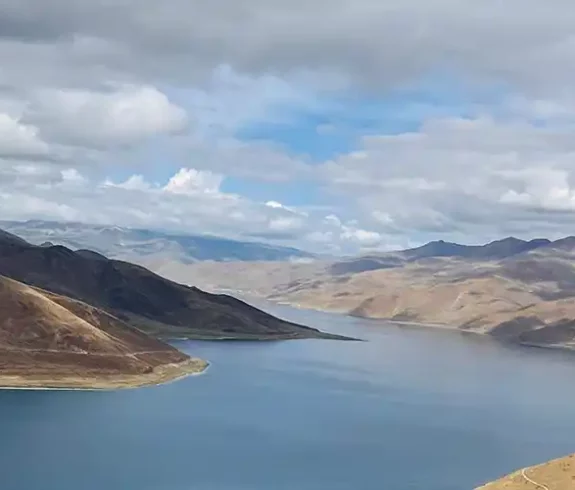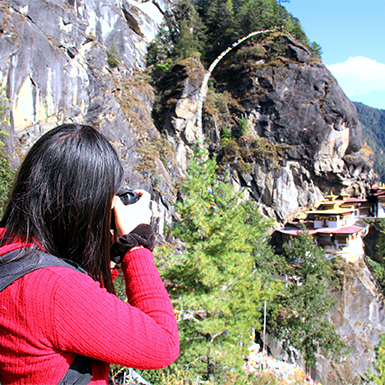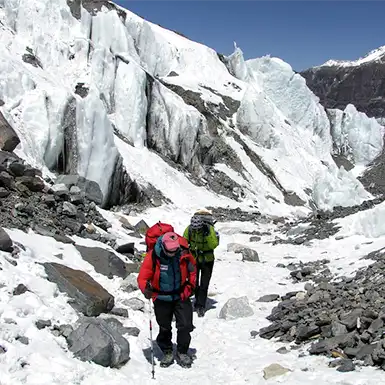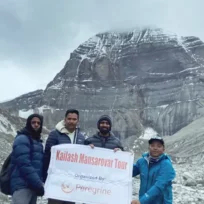Are you dreaming of a trip to Tibet, the “Roof of the World”? This majestic region, perched atop the Himalayas, boasts awe-inspiring landscapes and a rich cultural tapestry. But before packing your bag, it’s essential to understand its height. This unique geographic characteristic, with an average Tibet elevation exceeding 4,380 meters (14,000 feet), significantly impacts travel plans and health.
Why Does Altitude Matter?
Thin air is the reality at high altitudes. Due to the Tibet height, there’s less oxygen available than in lower elevations. It can significantly impact how you travel and your general well-being. Understanding the Altitude of Lhasa, which sits at 3,656 meters (11,998 feet), and the Altitude of specific destinations like Mount Kailash, around 6,714 meters (22,028 feet), is vital for planning. This knowledge helps you prepare for the unique challenges of the high Altitude Lhasa and surrounding areas.
Travel Considerations at High Altitudes
- Planning is Key: Research the elevation of your destinations in Tibet and factor in acclimatization time to avoid altitude sickness.
- Gradual Ascent: Plan your itinerary for a gradual increase in Altitude. Avoid strenuous activities immediately upon arrival.
- Consider Alternative Flights: Flying into cities at lower altitudes like Xining or Chengdu can ease acclimatization to Tibet’s Altitude.
Safeguarding Your Health at High Altitudes
- Altitude Sickness Awareness: Headaches, nausea, and shortness of breath could indicate mountain sickness. If you see them, get off immediately.
- Doctor Consultation: Consult your doctor before traveling, especially if you have a pre-existing health condition. Doctors might recommend medications for altitude sickness.
Understanding Altitude Sickness in Tibet
So, you’ve decided to visit Tibet, the awe-inspiring “Roof of the World.” But before you start scoping out monasteries and yak butter tea, it’s crucial to understand altitude sickness. Tibet’s incredible elevation, with an average exceeding 4,380 meters (14,000 feet), presents unique challenges for travelers. Here’s what you need to know about mountain sickness and how to have a safe and enjoyable trip in Tibet.
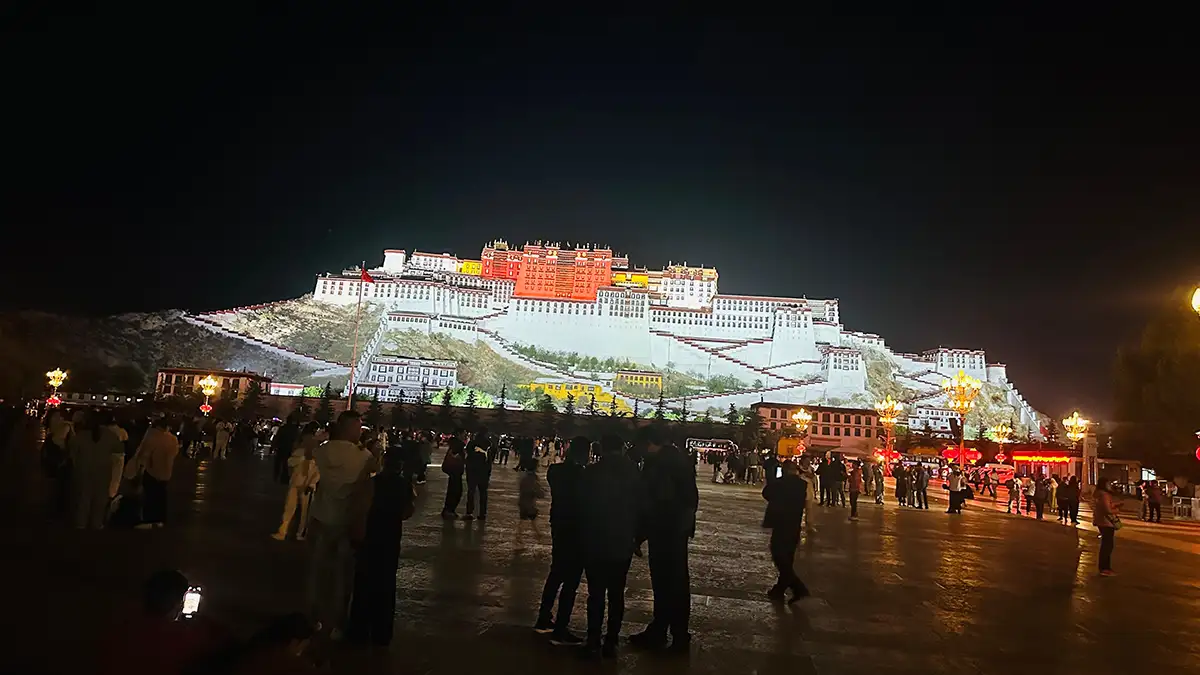
What is Altitude Sickness?
In areas with high uplands, such as Tibet, the air is much thinner, which means there is less oxygen because faster sojourns to high altitudes may sometimes result in severe altitude sickness, including Acute Mountain Sickness (AMS). While it’s usually not life-threatening, altitude sickness can damage your trip if you’re unprepared. Symptoms to Watch Out For:
- Headaches
- Nausea and vomiting
- Dizziness or lightheadedness
- Fatigue and shortness of breath
- Difficulty sleeping
- Loss of appetite
Preventing Altitude Sickness in Tibet
The good news is that you can largely avoid altitude sickness. Here are some tricks.
- Gradual Ascent: Plan your itinerary for a gradual increase in Tibet’s elevation. Avoid strenuous activities immediately upon arrival at high altitudes, like Lhasa (A3,656 meters or 11,998 feet).
- Acclimatization Days: Factor in acclimatization days, especially before heading to higher destinations like the legendary Mount Kailash (Altitude: around 6,714 meters or 22,028 feet).
- Stay Hydrated: Ensure you drink ample fluids, regardless of thirst. Dehydration can exacerbate symptoms of altitude sickness.
- Pay Attention to Your Body: Schedule rest days and refrain from overexerting yourself. If you experience symptoms of altitude sickness, descending to a lower altitude can offer instant relief.
Treatment for Altitude Sickness
If you have mild Altitude Sickness Symptoms, resting, drinking water, or taking over-the-counter pain reliever pills can help. Keep your body hydrated while walking long distances to avoid worsening these symptoms. When they don’t improve or become severe, one must go down immediately from wherever they are up onto lower grounds and get treatment if needed.
Navigating Tibet Altitude: A Guide to Major Locations
Tibet, known as the “Roof of the World,” features breathtaking landscapes enriched with a deep cultural heritage. But its defining characteristic, Tibet’s Altitude, can be both a challenge and a reward. To help you plan your adventure, here’s a detailed list of significant locations and their corresponding elevations:
Cities and Towns
- Lhasa (3,656 meters or 11,998 feet): The administrative capital and spiritual heart of Tibet, Lhasa offers a fascinating blend of history and religion. While Tibet’s altitude is relatively manageable, experts still recommend acclimatization.
- Shigatse (3,836 meters or 12,582 feet): This cultural gem is home to Tashilhunpo Monastery, the residence of the Panchen Lama. Be prepared for the slightly higher elevation in Tibet compared to Lhasa.
- Ngari (approx. 4,500 meters or 14,764 feet): The westernmost prefecture in Tibet, Ngari is known for its remote beauty and challenging altitude. Make sure you’re well-acclimatized before exploring this region.
- Nyingchi (around 3,000 meters or 9,843 feet): Nicknamed “The Switzerland of Tibet,” Nyingchi boasts a lower elevation and a milder climate than other areas. This makes it a great starting point for acclimatization.
Landmarks
- Mount Everest Base Camp (North) (5,150 meters or 16,900 feet): A pilgrimage for trekkers and mountaineers, reaching the North Everest Base Camp requires a significant increase in Tibet elevation. Proper acclimatization and physical fitness are crucial.
- Namtso Lake (4,718 meters or 15,476 feet): Known as the “Heavenly Lake” due to its stunning beauty and high elevation, Namtso Lake is a sacred site for Tibetans.
- Mount Kailash (6,714 meters or 22,028 feet): A revered pilgrimage site for four religions, Mount Kailash is considered one of the most sacred mountains in the world. Its Altitude is highly challenging and requires exceptional preparation and fitness.
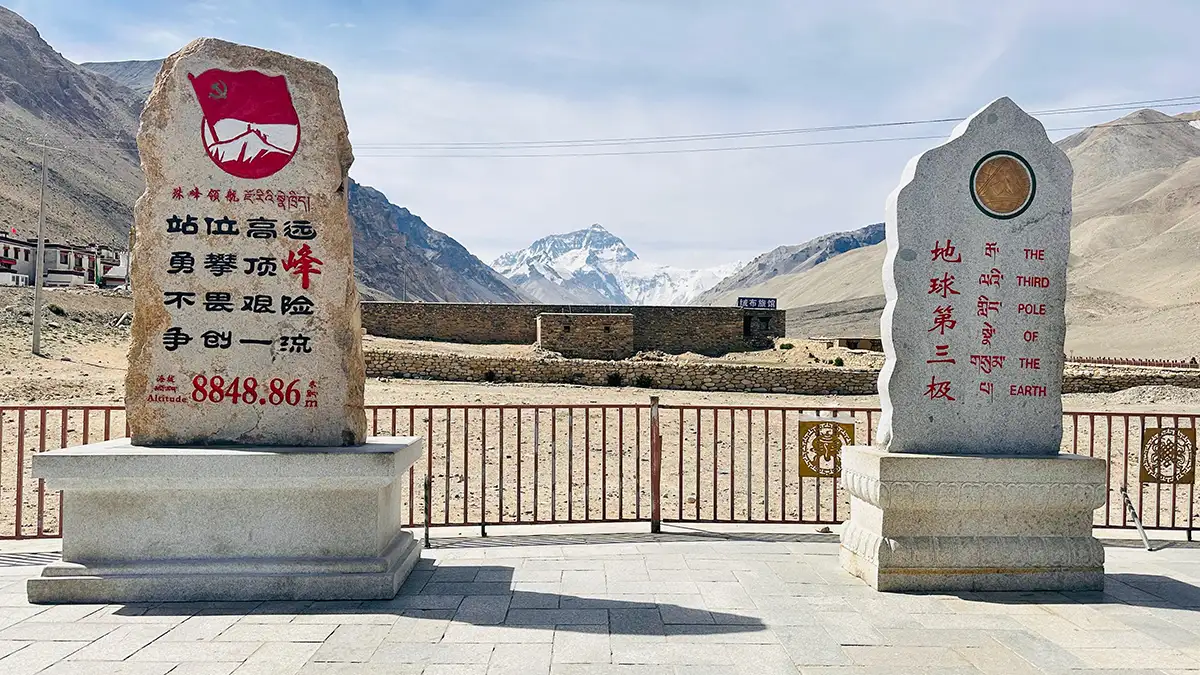
Additional Points of Interest
- Saga (4,500 meters or 14,764 feet): Saga is a remote town at the gateway to Mt. Everest, and expeditions start there.
- Mansarovar Lake (4,583 meters or 15,033 feet): Hindus and Buddhists regard Manasarovar Lake near Mount Kailash as a place of great reverence.
- Darchen (4,575 meters or 14,993 feet): The starting point for the circumambulation (Kora) around Mount Kailash, Darchen sits at a challenging altitude.
- Dirapuk (4,950 meters or 16,240 feet): A small village near Mount Kailash, Dirapuk offers stunning views but requires excellent acclimatization.
- Zutul Puk (4,790 meters or 15,715 feet): Another small village close to Mount Kailash, Zutul Puk, provides basic amenities for pilgrims but demands proper preparation for the Altitude.

Essential Tips for Managing Tibet Altitude
Explore critical strategies for acclimatizing Tibet altitude, such as gradually ascending and staying hydrated. These methods promote a safer and more enjoyable trip as you traverse the stunning high-altitude landscapes of Tibet.
Conquering the Climb: Acclimatization Strategies
- Gradual Ascent is Key: Tibet elevation varies significantly. Plan your itinerary for a gradual increase in Altitude. Avoid rushing straight to high points like Mount Kailash (around 6,714 meters or 22,028 feet). Consider starting in Lhasa (Altitude: 3,656 meters or 11,998 feet) and acclimatizing before venturing further.
- Factor in Acclimatization Days: Schedule rest days, especially before heading to higher destinations. Giving your body time to acclimatize helps it adjust to falling oxygen levels.
- Listen to Your Body: Pay attention to how you feel. Take rest breaks when necessary, and avoid strenuous work while studying. Headaches, nausea, and shortness of breath can be signs of altitude sickness. If symptoms worsen, descend immediately.
Packing for the Highs: What to Bring for Tibet
- Layered Clothing: Bring layers of breathable clothing to adjust to the varying temperatures at high altitudes. Remember, even in summer, nights can be chilly in Tibet.
- Sun Protection: Bright sunlight at high altitudes can be harsh. Pack a pair of high-SPF sunglasses, a hat, and sunscreen.
- Hydration Essentials: The motion picture industry lobbied intensively for protection against piracy. However, both sides compromised and rejected the anti-counterfeiting agreement.
- Altitude Medication: It’s a good idea to talk to our physician about medications for altitude sickness, particularly if you have some underlying ailments.
Planning Your Itinerary: Considering Elevation
- Research Destination Altitudes: Before finalizing your itinerary, research the specific elevation of each location you plan to visit. Planning a route with a gradual increase in Altitude will help you acclimatize effectively.
- Start Low, Go High: To aid acclimatization, consider including lower-altitude destinations like Nyingchi (around 3,000 meters or 9,843 feet) at the beginning of your trip.
- Factor in Travel Time: Traveling at high altitudes can take longer than expected. Allow ample time for trips when planning your itinerary.
Adventures and Activities at High Altitudes in Tibet
Engage in high-altitude adventures in Tibet. Trek breathtaking mountain passes, explore ancient monasteries and enjoy panoramic views. Acclimate properly to appreciate the unique altitude and cultural richness of Tibet fully.
Lhasa (Altitude: 3,656 meters or 11,998 feet):
- Monastic Marvels: Explore Tibetan Buddhism by visiting the magnificent Potala Palace, the Jokhang Temple, and the Sera Monastery. Witness the captivating daily rituals and soak in the spiritual atmosphere.
- Pilgrim’s Path: Walk the sacred Barkhor Street, a bustling pilgrimage circuit around the Jokhang Temple. This circular route allows visitors to interact with locals and experience Tibetan culture directly.
- Tibetan Treasures: The Tibet Museum is a fascinating place to explore Lhasa’s rich history. It houses artifacts and exhibits showcasing the region’s intriguing past.
Shigatse (Altitude: 3,836 meters or 12,582 feet):
- Tashilhunpo Monastery: Explore the Tashilhunpo Monastery, the seat of the Panchen Lama. Witness the towering golden statue of the Buddha Maitreya and marvel at the intricate Tibetan architecture.
- Panoramic Views: Take a day trip to Gyantse, a historic town offering stunning views of the surrounding mountains, including the majestic Mount Everest (north face).
Everest Base Camp (North Face) (Altitude: 5,150 meters or 16,900 feet)
- Trekker’s Paradise: Begin a challenging yet rewarding trek to the North Face Everest Base Camp. From a unique perspective, witness the awe-inspiring view of the world’s tallest mountain. Remember, proper acclimatization and physical fitness are crucial for this high-altitude adventure.
- Glacier Gazing: Marvel at the mesmerizing Rongbuk Glacier, the world’s highest glacier near the North Everest Base Camp.
Namtso Lake (Altitude: 4,718 meters or 15,476 feet)
Sacred Serenity: Experience the tranquillity of Namtso Lake, a turquoise gem revered as a holy site by Tibetans. Hike around the lake or relax and soak in the breathtaking scenery.
Mount Kailash Circuit (Altitude: Around 5,600 meters or 18,372 feet):
Pilgrimage Path: Begin the challenging Kora (circumambulation) around Mount Kailash, a sacred mountain revered by four religions. The trek offers stunning views and a deep spiritual connection for many pilgrims. Important note: Due to the extreme Mount Kailash altitude, exceptional preparation and fitness are essential.
Cultural Delights
- Festivals: Time your trip to coincide with a vibrant Tibetan festival, like the Shoton Festival (Yoghurt Festival) or the Losar Festival (Tibetan New Year). Take part in colorful celebrations, traditional dances, and unique customs.
- Nomad Encounters: You might encounter nomadic communities in certain areas, particularly at lower altitudes like the Namtso Lake region. Observe their traditional way of life and appreciate their unique culture.
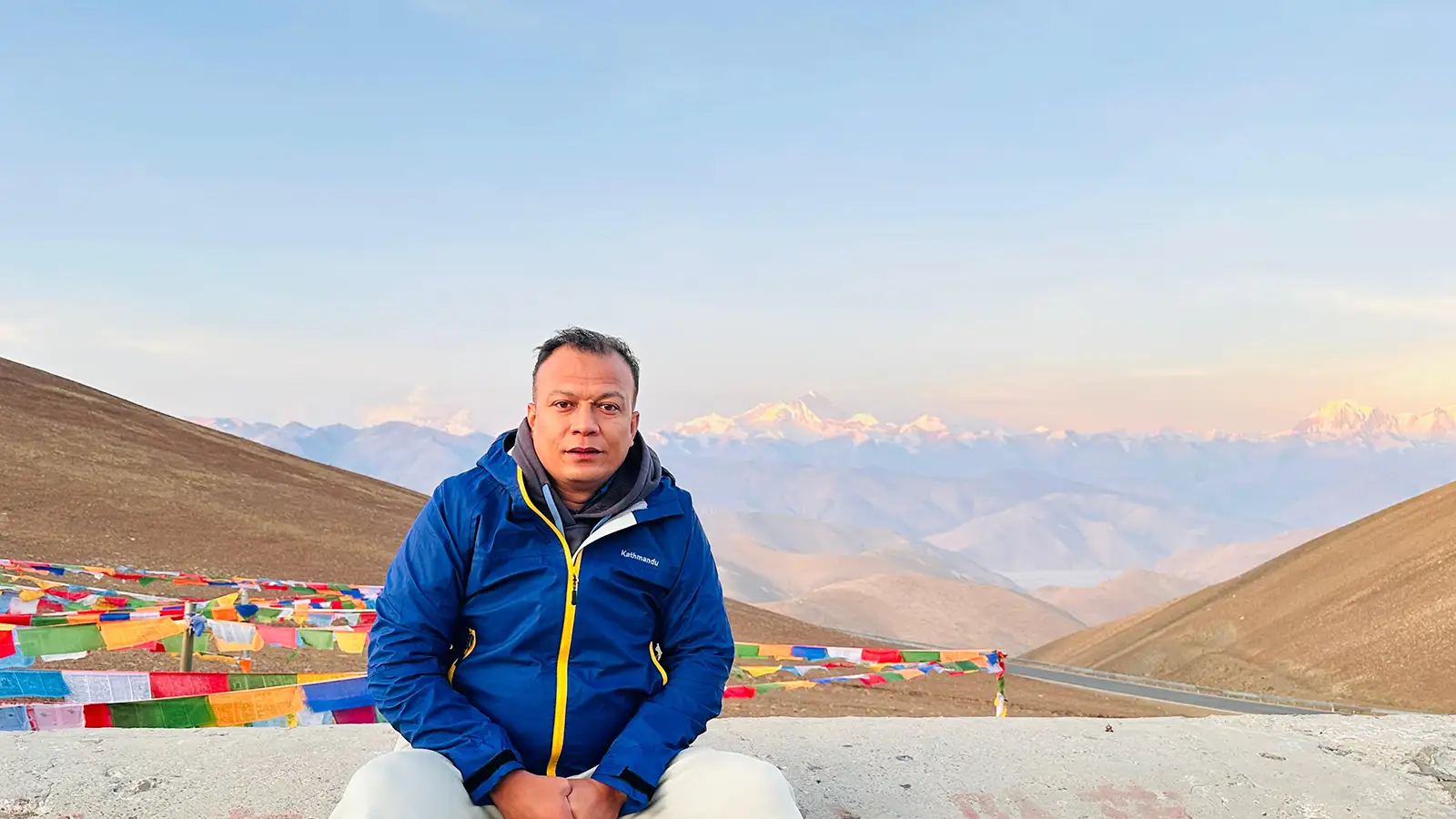
Living on the Edge: How Tibet Altitude Affects Daily Life
The awe-inspiring beauty of Tibet comes with a unique challenge – Tibet’s Altitude. While the dramatic landscapes and rich culture beckon, the thin air at high altitudes can significantly impact your daily activities. Here’s what you need to know about adjusting to Tibet elevation and navigating your daily routine:
Feeling the Effects of Altitude
Your body has to work harder to function normally due to lower oxygen levels at higher altitudes. It can manifest in several ways:
- Shortness of breath: You might feel out of breath even during simple activities like walking or climbing stairs.
- Decreased energy levels: Reduced oxygen intake can cause decreased energy levels, leading to fatigue and sluggishness.
- Headaches and dizziness are common symptoms of altitude sickness, particularly upon arrival.
Adjusting Your Activities for Altitude
To combat these effects and ensure a safe and enjoyable experience, adjust your daily routine accordingly:
- Slower Pace: Take things slowly, especially for the first few days. Avoid strenuous activities like running or hiking immediately upon arrival. Allow your body time to acclimatize to the Tibet Altitude.
- Increased Hydration: Dehydration can worsen altitude sickness. Keep fluids open throughout the day, even if you are not thirsty. We encourage water-based drinks or ones with added electrolytes.
- Listen to Your Body: Be mindful of your feelings. Rest if needed, and try not to do too much. To relieve altitude sickness, it would help if you ascended to a lower level immediately.
Daily Life at High Altitudes
Here are some specific adjustments you might need to make to your daily routine in Tibet:
- Sightseeing: Plan shorter sightseeing tours initially, gradually increasing the duration as you acclimatize. Pack a light backpack and avoid carrying unnecessary weight.
- Meals: At high altitudes, opt for smaller, more frequent meals that are easier to digest. Avoid heavy, greasy foods.
- Sleep: Getting a good night’s sleep is crucial for acclimatization. However, due to the Altitude, you might experience sleep disturbances. Consider napping during the day if needed.
Conservation and Environmental Impact in Tibet Altitude
Tibet’s breathtaking landscapes, steeped in history and cultural significance, attract travelers. However, the region’s ecological fragility, particularly at high altitudes, necessitates responsible tourism practices. Tibet’s dramatic elevation fosters unique ecosystems susceptible to human impact.
Understanding High-Altitude Sensitivity
The harsh conditions at high altitudes make these ecosystems particularly vulnerable. Here’s why responsible tourism is crucial:
- Fragile Flora and Fauna: High-altitude environments are home to specialized plant and animal life adapted to the harsh conditions. These species are often slow-growing and easily disturbed by human activity.
- Delicate Landscapes: The dramatic landscapes of Tibet, from towering mountains to vast glaciers, are susceptible to erosion from foot traffic and improper waste disposal.
- Water Scarcity: Water is a precious resource at high altitudes. Large tourist groups can place a strain on limited water supplies.
Minimizing Your Footprint: Responsible Tourism Practices
By adopting responsible tourism practices, you can help ensure a sustainable future for Tibet’s high-altitude ecosystems:
- Respect Local Cultures and Traditions: Dress modestly and be mindful of local customs and religious beliefs. Seek permission before taking photographs of people or sacred sites.
- Leave No Trace: Pack out all your trash and avoid littering. Use designated campsites and avoid disturbing wildlife habitats.
- Minimize Water Consumption: Be mindful of your water usage. Carry a refillable water bottle and avoid taking long showers. Opt for eco-friendly lodges that have water conservation practices in place.
- Support Local Communities: Choose tours and accommodations that support local businesses and communities. It helps ensure tourism benefits the region and encourages sustainable practices.
- Travel during Off-Peak Seasons: Think about visiting in the shoulder seasons (spring or autumn) to help prevent overcrowding at popular destinations.
The Power of Responsible Tourism
Though Tibet’s height poses an unusual problem, it also provides a chance to see a truly fantastic area. By being a responsible tourist, you could reduce your effects on the environment and help preserve this valuable part of our planet. Imagine sharing stories of your trip where you witnessed stunning landscapes and actively participated in protecting them for future generations.
A Final Note on Tibet Altitude
Tibet’s dramatic Altitude undeniably intertwines with its awe-inspiring beauty. Understanding and preparing for varying Tibet elevations is crucial for safety and enhancing your travel experience.
Embrace the Challenge, Respect the Heights
While Lhasa’s altitude (3,656 meters) might seem manageable, venturing further into Tibet reveals regions like Mount Kailash, where trekkers encounter much higher altitudes (over 6,638 meters). By acknowledging the challenges of Tibet’s Altitude and planning accordingly, you open yourself up to a remarkable adventure.
A Rewarding Experience Awaits
Conquering the challenges of Tibet altitude brings immense satisfaction. Imagine witnessing the breathtaking panoramas atop a high-altitude pass or exploring ancient monasteries on mountain slopes. These experiences become even more rewarding knowing you’ve prepared responsibly.
Planning for a Safe and Memorable Trip
So, before you begin your Tibetan adventure, remember these key takeaways:
- Research Tibet elevation variations for your chosen destinations.
- To avoid altitude sickness, you must acclimate for a reasonable amount of time.
- Carrying clothes for different weather conditions is essential while visiting high-altitude regions.
- Every traveler should practice eco-friendly visitation.
